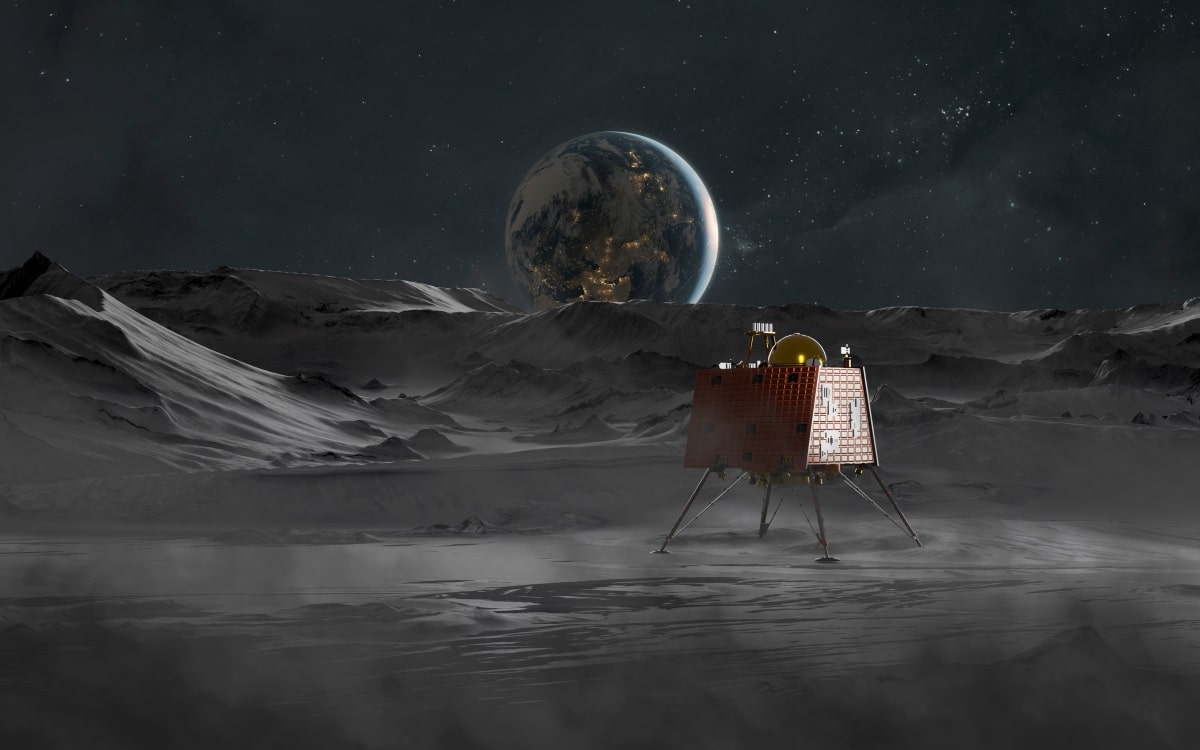Peregrine 1, the much-anticipated US moon lander, faced a mission-altering fuel leak, dashing hopes of a soft lunar landing, as Astrobotic shifts focus to gathering crucial data before the spacecraft loses power. Here’s the full story.
No Lunar Landing
The much-anticipated lunar landing mission of Peregrine 1, the first moon lander to launch from the US in fifty years, has been marred by a fuel leak, rendering a successful landing on the lunar surface impossible.
The revelation comes from Astrobotic, the US-based company leading the project, raising questions about the ability of private companies to successfully explore space and their future in lunar exploration.
Peregrine 1 encountered a major setback with a “critical loss of propellant” shortly after its liftoff. Astrobotic attributed this anomaly to the propulsion system, hindering the spacecraft’s ability to achieve a soft landing on the moon. The development added a layer of complexity to an already intricate mission..
Solar Array Success Amidst Challenges
Amid concerns that the spacecraft might not be able to orient itself towards the sun to recharge its batteries, Astrobotic announced a successful “improvised maneuver.” The solar array, crucial for powering the spacecraft, was confirmed to be operational, showcasing the resilience of the mission team in the face of this unexpected challenge.
Despite overcoming the immediate threat of losing power due to the solar array’s successful operation, Astrobotic revealed yet another new setback.
The thrusters, essential for controlling the spacecraft’s trajectory, were projected to operate for a mere 40 more hours at most, due to a fuel leak. This limitation led to a strategic shift in the mission’s objective, focusing on maximizing distance before the lander’s inevitable power loss.
Soft Landing Abandoned
In a somber update, Astrobotic declared that Peregrine 1 had “no chance” of achieving a soft landing on the moon. The initial goal of being the first commercial space probe to softly touch down on the lunar surface was shattered..
Acknowledging the harsh reality of the situation, Astrobotic communicated a revised mission objective. The emphasis shifted from a soft landing to gathering valuable data from Peregrine 1, offering insights that could prove instrumental in future lunar exploration endeavors. This pragmatic approach aims to salvage the mission’s scientific value despite the setback.
Peregrine 1, carrying scientific equipment provided by NASA, was poised to contribute significantly to lunar research. Instruments on board included devices measuring radiation levels, surface and subsurface water ice, magnetic fields, and the lunar exosphere.
The lander also held non-scientific payloads, such as DNA from former US presidents and the ashes of Gene Roddenberry, the creator of Star Trek.
NASA’s Response and Artemis Program Delays
In response to the Peregrine 1 setback, NASA expressed its commitment to working with Astrobotic to identify the root cause of the propulsion problem, emphasizing the inherent challenges of space exploration.
NASA stated simply, “Space is hard.” Additionally, NASA announced further delays to its Artemis moon program, pushing back the first astronaut lunar landing in 50 years to September 2026. The unforeseen challenges encountered by Peregrine 1 serve as a stark reminder of the complexities of space exploration.
Despite the setback, the mission retains its scientific purpose, offering valuable insights for future lunar endeavors and contributing to humanity’s broader understanding of the cosmos.
The post Peregrine 1 Aims for the Moon and Misses Due to Fuel Leak first appeared on Edge Media.
Featured Image Credit: Shutterstock / Vadim Sadovski.
Grant Gallacher is a seasoned writer with expertise in politics and impactful daily news. His work, deeply rooted in addressing issues that resonate with a wide audience, showcases an unwavering commitment to bringing forth the stories that matter. He is also known for satirical writing and stand up comedy.

